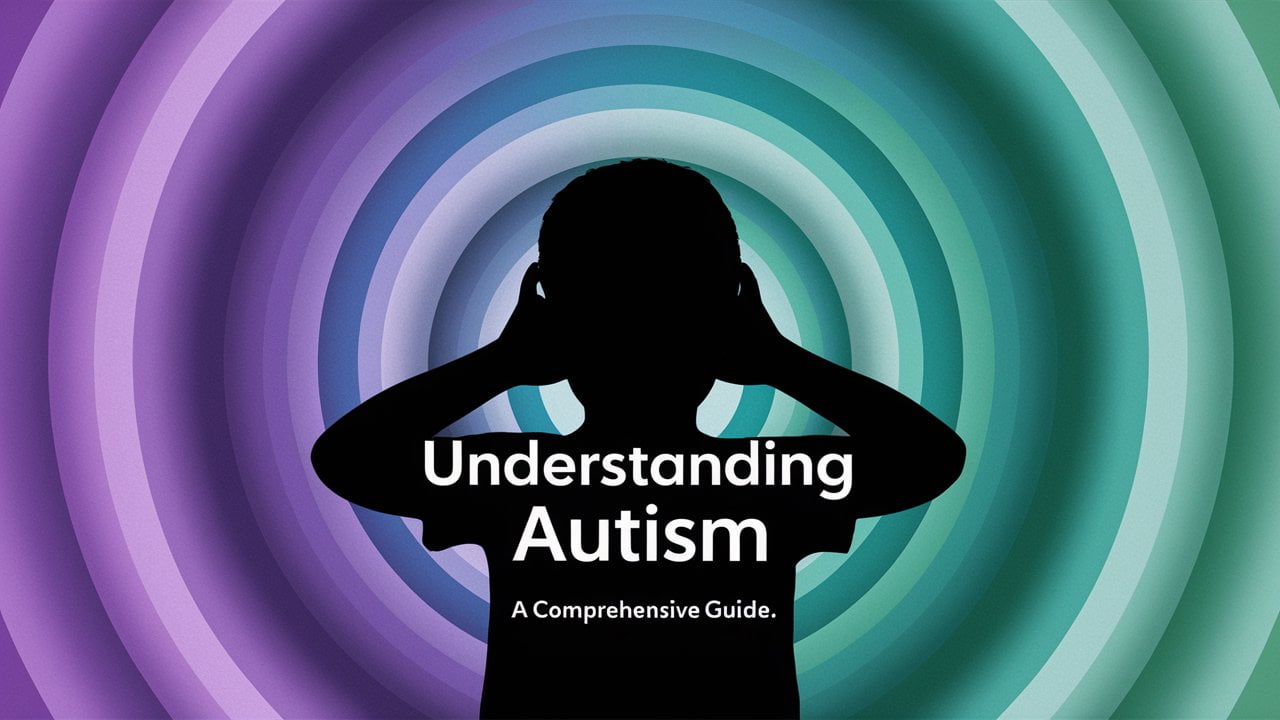
Autism is a neurodevelopmental disorder that has many different forms or types and so comes out in many different ways affecting people’s lives in various areas. For a complete understanding of Autism Spectrum Disorder (ASD), it is important to consider its intricacies which include the various kinds, etiological factors, observable signs and symptoms, diagnostic procedures, available treatments and interventions as well as common difficulties faced by individuals living with it.
Introduction to Autism
Definition of autism?
Autism or Autism Spectrum Disorder (ASD) refers to complex neurodevelopmental conditions marked by persistent deficits in social communication skills alongside restricted patterns of interests/hobbies/activities, repetitive behaviors, and impairments in verbal/nonverbal interactions.
Definition of Autism Spectrum Disorder (ASD)
ASD is an umbrella term covering several distinct disorders such as classic autism; Asperger syndrome; and Pervasive Developmental Disorder – Not Otherwise Specified(PDD-NOS) with each having its own set of features and severity levels.
A brief history of Autism research
A brief history of how we came to know what we now call “autism” can be traced back through years worth of studies conducted on this subject matter where early researchers didn’t have any clear idea of what they were looking at all the way up until today’s understanding being that there are many different types or forms along a spectrum based on diverse presentations rooted within various biological mechanisms.
Types of Autism Spectrum Disorder
Classic Autism
At one end of the autism spectrum are individuals with classic autism, which is often characterized by significant language delays, impaired social interaction, and repetitive behaviors that are more severe than other forms.
Asperger’s Syndrome:
Asperger’s syndrome is positioned at the milder end of this continuum and is associated with difficulties in socializing and communicating with others; repetitive patterns of behavior or interests are also common but they may be less intense than in classic autism cases. Most children diagnosed with Asperger’s have average to above-average intelligence levels.
Pervasive Developmental Disorder (PDD-NOS)
PDD-NOS refers to a condition where some but not all typical symptoms of autism are present. These individuals do show problems in relating socially and using language for communication like those seen in more specific subtypes such as classical autistic disorder or Asperger’s syndrome, but the signs exhibited do not meet all necessary criteria as required by either category.
Causes of Autism
Genetic factors
Some research has shown that Autism is likely to be inherited and a number of genes are believed to have an effect on vulnerability, but the actual mechanisms through which this happens are still not well understood.
Environmental factors:
It is thought that environmental influences may interact with genetic predispositions by affecting prenatal exposure to toxins or maternal health conditions; such interactions can then lead to autism spectrum disorder diagnosis.
Neurological factors
Autism is associated with differences in brain structure and function among people who have it, suggesting that some kind of problem in neurodevelopmental processes could be involved.
The role of prenatal development
The risk for developing autism may be influenced by what happens in early fetal development stages like the mother’s health during pregnancy, things she was exposed to while expecting, or how the baby grew inside her.
Signs and Symptoms of Autism
Social communication challenges
People diagnosed with autism struggle to interpret and reciprocate social cues, make eye contact, or take part in typical social exchanges, which means they may find it hard to initiate and keep relationships.
Repetitive behaviors and restricted interests
A person suffering from autism tends to engage in repetitive acts like hand-flapping and rocking while also developing deep but narrow passions for particular subjects or activities; this behavior is driven by an urge for consistency and predictability.
Sensory sensitivities
Some individuals living with autism have sensory problems whereby they either over- or under-react towards sensory inputs including but not limited to lights, sounds, textures, or smells thus affecting their daily functioning levels significantly as well as their general welfare.
Developmental milestones and delays
Milestones such as speech development, motor skills acquisition, and cognitive abilities may be delayed among those who have autism; these setbacks normally become evident during the early childhood stage calling for needful intervention measures supported through appropriate channels.
Diagnosis and Assessment of Autism
Early screening and detection
Early recognition of autism through screening instruments and developmental assessments helps in providing appropriate intervention and support that would enhance outcomes both for the individuals and their families.
Diagnostic criteria (DSM-5)
Autism diagnosis is made based on standardized criteria found in the Diagnostic and Statistical Manual of Mental Disorders (DSM-5). These criteria cover deficits in social interaction & communication, as well as restricted repetitive patterns of interests or activities.
Multidisciplinary assessment process
An all-inclusive evaluation by a multidisciplinary team that involves pediatricians, psychologists, and speech-language therapists among others should be used when diagnosing autism so as to examine different areas of functioning as well as behavior.
Treatments and Therapies for Autism
Behavioral interventions
Autism is a common application of behavior analysis (ABA) that deals with the modification of behaviors, learning new skills, and fostering positive social interactions in a structured and systematic way.
Speech therapy
Speech-language therapy for autism improves communication skills, language development, and social pragmatics by addressing expressive/receptive language problems as well as challenges in articulation and social communication.
Occupational therapy
Occupational therapists help people with autism acquire necessary life skills like self-care; sensory regulation; fine/gross motor abilities; and adaptive behaviors required for daily functioning/engagement in ADLs (activities of daily living).
Medication & alternative treatments
Pharmacologic treatment might involve prescription drugs to manage anxiety, depression, or attention deficit hyperactivity disorder (ADHD) that occur along with this condition while complementary methods such as diet changes, sensory integration therapy, or mindfulness practices are also considered based on individual needs and preferences.
Living with Autism
Support services for individuals with Autism
It is very important to have access to a wide range of support services such as educational, therapeutic, medical, and community-based resources at any age in order to improve their well-being and independence.
Educational accommodations
Academic achievement can be fostered by personalized programs for education, individualized education plans (IEPs), and classroom modifications that take into consideration each student’s distinctive abilities while ensuring social participation within schools too.
Transitioning to adulthood
When it comes down to transitioning into adulthood from teenage years or early twenties among individuals living with autism spectrum disorder (ASD), transition planning alongside supportive services should be provided. These may include but are not limited to post-secondary education options like colleges/universities; vocational training where skills relevant for job placements are taught; employment opportunities either supported or independent; independent living arrangements which could entail staying alone within residential areas with peers having similar conditions as oneself etc.; community integration activities aimed at promoting inclusion through participation in various events organized locally etcetera.
Advocacy and community resources
Raising awareness about autism and fostering acceptance among society members can never be achieved without the involvement of different parties. Some entities that are worth considering include autism advocacy organizations, support groups as well as community networks that work towards enlightening people on the rights of those living with this condition coupled with their families thereby creating an inclusive environment where everyone feels valued regardless of his/her health status.
Research and Developments in Autism
Current research initiatives
Continuous exploration efforts are focused on determining the causes, biological basis, and developmental patterns of autism to create new methods for intervention and treatment customization.
Emerging therapies and interventions
Encouraging developments so far in autism research involves new types of therapy like those done through early-stage initiatives, technological breakthroughs as well as the use of drugs that target specific symptoms while enhancing life quality indicators.
Future directions in Autism research
Multidisciplinary partnerships, large-scale molecular investigations, finding biomarkers, and applying precision medicine are among the recommended areas for further studies into autism with emphasis on detecting it early; tailoring interventions according to individuals’ needs, and maximizing outcomes over time across all levels of its spectrum.
Understanding the Neurodiversity Movement
Definition of neurodiversity
The neurodiversity movement is about acknowledging and accepting neurological differences such as Autism, ADHD, and dyslexia among other neurodevelopmental disorders as natural variations of human beings rather than deficiencies or diseases.
Perspectives on Autism within the neurodiversity paradigm
In this paradigm which celebrates uniqueness as part of human diversity, autism is looked at from a positive point of view by recognizing abilities, talents, and different ways of thinking about and experiencing life.
Challenges and criticisms of the neurodiversity movement
Although it has done much to destigmatize autism while encouraging self-advocacy some people argue that sometimes there can be an oversight on the part of those involved in terms of understanding just how difficult things may be for someone with severe autism who also has an intellectual disability. They believe that we need to recognize strengths as well as limitations and take both into account.
Autism in Popular Culture and Media
Portrayal of Autism in movies and television
Characters with Autism have become more common in films and television series over the past few years. They gave a wide range of presentations and stories from being accurate and sensitive to stereotypes or sensationalism.
Representation of Autism in Literature and Art
People who are autistic have produced many great books, poems, pictures, and other works of art that show what it is like living as someone with autism. These works challenge preconceived ideas about autism by reflecting genuine experiences while also raising awareness among people about this condition.
Impact of media depictions on public perception
What we think about things can be shaped by how they are shown through different forms of media such as television programs or movies. This could change what we know or believe about something especially when it comes to diseases like Autism since these shows will not only shape our perception but also our behavior towards those who suffer from them thus necessitating correct representations.
Autism and Education
Inclusive education practices
Inclusive education models aim to establish environments that are responsive to different learning styles and needs. They encourage meaningful participation among diverse students including those with Autism while promoting their academic success.
Individualized Education Programs (IEPs)
Individualized Education Programs (IEPs) are personalized plans for learners with autism designed to meet their unique strengths, challenges, and educational goals by specifying appropriate modifications, services, or supports required for teaching or assessment purposes.
Classroom accommodations for students with Autism
Classroom adjustments can include visual timetables, sensory aids/resources/toys/tools; seating arrangements, or assignment/task variations in order to create an environment conducive to learning that caters to sensory sensitivities as well as communication difficulties often associated with ASDs.
Training for educators and support staff
Teachers’ professional development programs together with training for other personnel equip them with the necessary knowledge, skill sets & strategies that help support children who have autism thereby ensuring that all students benefit from shared classrooms.
Supporting Siblings of Individuals with Autism
What makes it hard for siblings
Brothers and sisters of kids who have autism might feel lots of different emotions. They may have questions like, “What will happen to my sibling when we grow up?” or “Will I always have to take care of them?” Sometimes they might be embarrassed or think that their friends at school won’t understand what’s going on with their brother or sister. Others still may start feeling lonely because all the attention is always on their sibling who has special needs.
How to help these siblings thrive
There are many things parents can do to help brothers and sisters of children with autism. First off, moms and dads should encourage open lines of communication with each child in the family so that everyone feels comfortable sharing what they’re thinking or feeling about their brother or sister’s condition. Second, it’s important for parents to provide opportunities where all three kids can play together without any one child feeling left out – this could mean setting aside time every day specifically for this purpose or even enrolling them in a summer camp program designed specifically for families affected by autism spectrum disorder (ASD), where all three children would be able to participate equally in various activities throughout the day.
Lastly, parents need to reassure each sibling individually that just because their brother has special needs does not mean he loves them any less than his other two siblings; moreover, mothers and fathers should also remind all three children frequently how much each one matters even if sometimes it seems like most attention goes towards helping out only one child at a time due to his unique situation.
Resources available for brothers and sisters
There are many resources available online as well as within local communities that cater exclusively toward supporting teenagers who happen to have siblings diagnosed somewhere along the ASD continuum. For example, there exist support groups made up entirely of younger people – usually middle school age through high school age – who meet once per month to discuss challenges faced daily living together while also sharing advice based upon their own past experiences. In addition to these groups, parents may find it helpful to seek counseling services specifically tailored around sibling issues arising from one member being on autism spectrum disorder (ASDs); such services often provide a safe environment where children can express concerns without fear of judgment or reprisal by either peer’s adults alike.
Adult Autism and Employment
Employment challenges for adults with Autism
Despite their marketable skills and talents, grown-ups with autism struggle to find jobs because employers often discriminate against them, do not understand their condition, or offer necessary support services.
Workplace accommodations and support services
Workplaces should offer a wide range of accommodations such as job coaching; flexible schedules; communication supports; and sensory-friendly environments among others which can help people with autism secure employment in various sectors.
Success Stories and initiatives promoting neurodiversity in the workplace
Over time society has come to appreciate the abilities different individuals possess especially those who are neurodivergent thus leading to establishment programs like hiring based on this concept, mentorship options, and policies that do not exclude any person from working based on their developmental disorder including but not limited to ASD.
Autism and Co-occurring Conditions
Common co-occurring conditions
Commonly known as dual diagnosis, autism has many other associated conditions that include attention-deficit/hyperactivity disorder (ADHD), anxiety disorders, epilepsy, sensory processing disorder, and intellectual disabilities thereby making it difficult for one to diagnose the patient, treat them, or develop support strategies.
Challenges in diagnosing and treating co-occurring conditions
There is difficulty in recognizing and dealing with simultaneous medical conditions among patients with autism because they share common symptoms, have communication challenges, and are sensitive to their environments thus requiring a wide range of evaluations followed by an intervention plan created by different specialists.
Integrated approaches to managing Autism and co-occurring conditions
Integrated care systems should be designed so that they can cater to all needs encountered when living with both ASD as well as comorbidities like medication management; and behavioral therapies among others which will enhance overall well-being since this approach takes into account various aspects related to complex neurobehavioral conditions.
Advocacy and Policy Initiatives
Legislative efforts to support individuals with Autism
The Autism CARES Act, for example, together with other legislative measures like the Individuals with Disabilities Education Act (IDEA), tries to increase opportunities for service provision, support as well and research funding for people living with autism and their families while fighting for their rights and integration into community life.
Autism advocacy organizations and grassroots movements
Such as Autism Speaks, the Autism Society, and Autistic Self Advocacy Network (ASAN) among others work hard towards sensitizing people about this condition; they also push for changes in policies regarding it as well as resource allocation meant to improve lives affected by it.
Policy recommendations for improving services and support
Among these are more finances being pumped into early intervention programs; wider coverage of the health care system entailing all aspects related to autism; better education facilities plus curriculum modification plus employment enhancement schemes should be made available universally so that every individual who is diagnosed with ASD can benefit from them. This would remove societal barriers that hinder the realization of full potential among such individuals thereby creating an inclusive society where everyone thrives.
The Role of Early Intervention
Early intervention principles
The services given in the early stages like developmental therapy, speech-language therapy, occupational therapy, and behavioral interventions are vital in meeting the unique needs of children diagnosed with autism at tender age thereby facilitating the acquisition of skills as well as social interaction and communication.
Benefits of early intervention
Communication abilities have been found to improve following timely implementation among kids suffering from Autism Spectrum Disorder (ASD). It also enhances social skills; and adaptive behavior development among others which are cognitive aspects thus underscoring the need for prompt identification coupled with access to service provision.
Family-centered approaches
Models for family-centered early interventions recognize families’ contribution towards their child’s treatment plan hence treating them as equal partners while offering a support system through education programs alongside other necessary resources aimed at empowering parents or caregivers so that they can foster growth in all areas of their children’s lives.
Promoting Community Inclusion
Inclusive recreation and leisure opportunities
Programs for everyone, community activities, and free-time occupations of different kinds should be open to people with Autism. This will give them a chance to socialize, make friends as well as participate in significant events together with their peers.
Accessible community spaces
Making public places such as parks, museums, libraries, and recreational centers friendly to the senses can enable persons living with Autism or other sensory disorders to access these areas easily. This will create an environment where every member feels welcomed within the community since it fosters inclusivity.
Community education and awareness initiatives
Awareness initiatives based on communities help in enlightening people about autism hence promoting understanding, tolerance, and support towards such individuals. Additionally, they nurture inclusive behaviors since knowledge eliminates fear while provoking empathy among neighbors thus reducing discrimination against them.
Strategies for Promoting Social Skills and Independence
Social skills training
For instance, making use of social stories, role-playing games, group therapies, and peer-mediated interventions among others can be used as a way of teaching people with Autism how they can communicate better with others. These programs also teach them other necessary skills like starting a conversation, keeping one going; interpreting non-verbal cues, and so on.
Life skills development
Some education systems offer training that imparts knowledge of practical life skills required for independent living. They are taught things like cooking simple meals, cleaning houses, personal hygiene practices such as bathing oneself regularly or brushing teeth daily; managing money wisely including budgeting it according to needs, etc.; time management including being punctual at all times, especially when attending classes alone without supervision from parents/guardians; using public transport efficiently among others which enable them to gain more control over their lives.
Transition planning and support
The period between childhood into adolescence then finally adulthood is referred to as “transition”. During this time individuals need support services that will help them transition smoothly from one stage of growth into another until they become fully integrated members within communities where they live. Schools should provide personalized plans for each pupil so as to identify areas that require skill development while also linking such learners up with various resources available in society. This may involve post-secondary education institutions offering vocational courses or even apprenticeship programs being provided by local businesses within neighborhoods where students reside after leaving the school environment.
Emerging Trends in Autism Research and Advocacy
Advances in genetic research
investigations into genes have found new things about the nature of autism such as genetic mutations, gene-environment interactions, and different kinds of genetic variations that are linked to higher chances of being affected by it thus providing the basis for personalized treatment methods and counseling on genetics.
Neurodiversity and self-advocacy movements
The rights, voices, preferences, and decision-making processes awareness among autists are encouraged through self-advocacy programs supported by neurodiverse individuals who believe in their acceptance, and empowerment inclusion into society.
Technology & Innovations
These can be used in various places like schools where learners may need this support more than any other place. Virtual reality assistive technologies telehealth platforms etc have potential benefits when it comes to assessment intervention or support services so that all areas should not be left behind. This will also make them accessible across different settings convenient for many people.
Conclusion
To conclude, Autism is a complicated and many-sided neurodevelopmental disorder that includes a wide range of abilities, difficulties, and experiences. We can build a more inclusive and fair society that appreciates the special skills and contributions of people with Autism by accepting neurodiversity, creating inclusive communities, and pushing for broader support services as well as opportunities. Let us therefore keep on striving towards knowledge advancement, tolerance improvement, and provision enhancement among all people falling under the autism spectrum so that dignity may be upheld while respect accorded equally to each individual is guaranteed without any discrimination whatsoever.

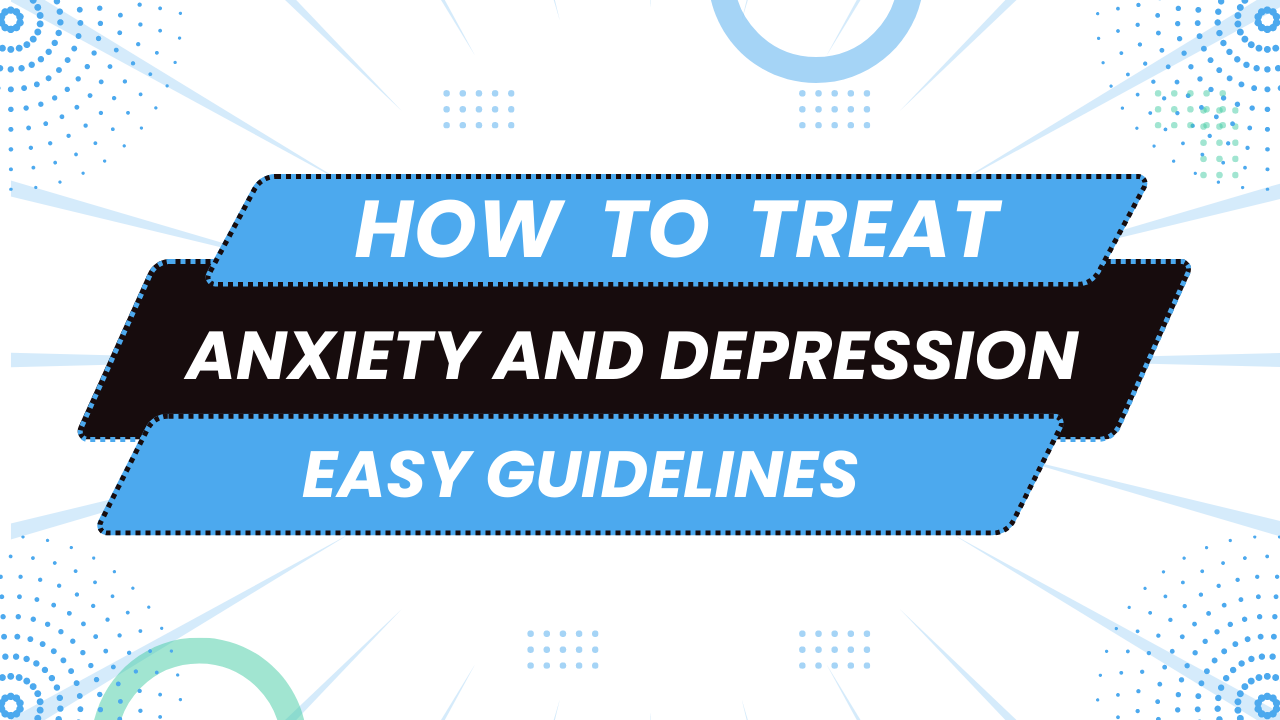
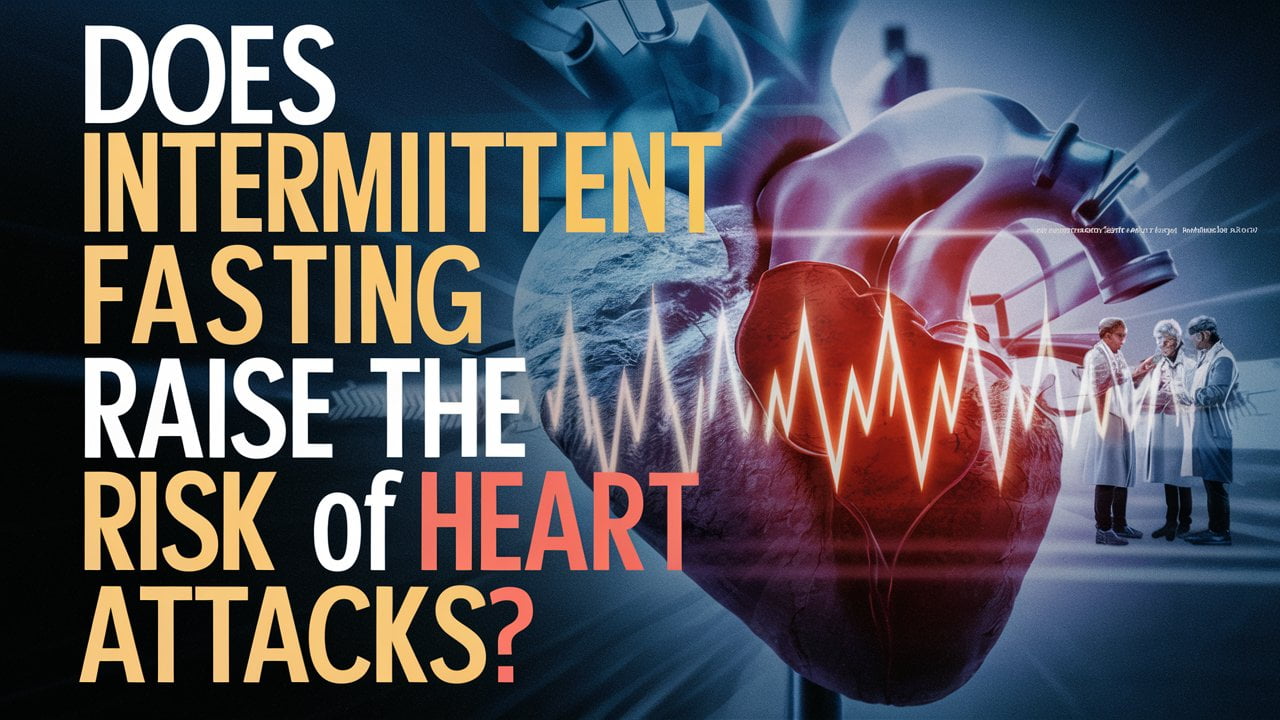
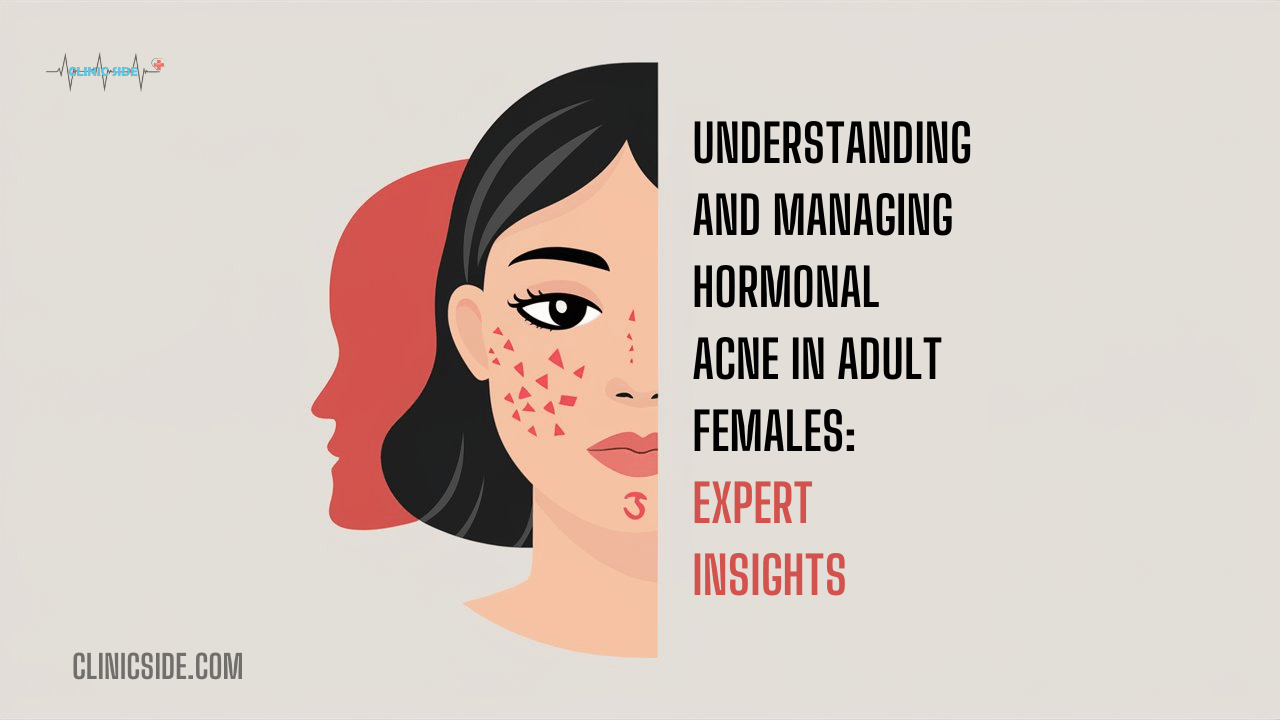
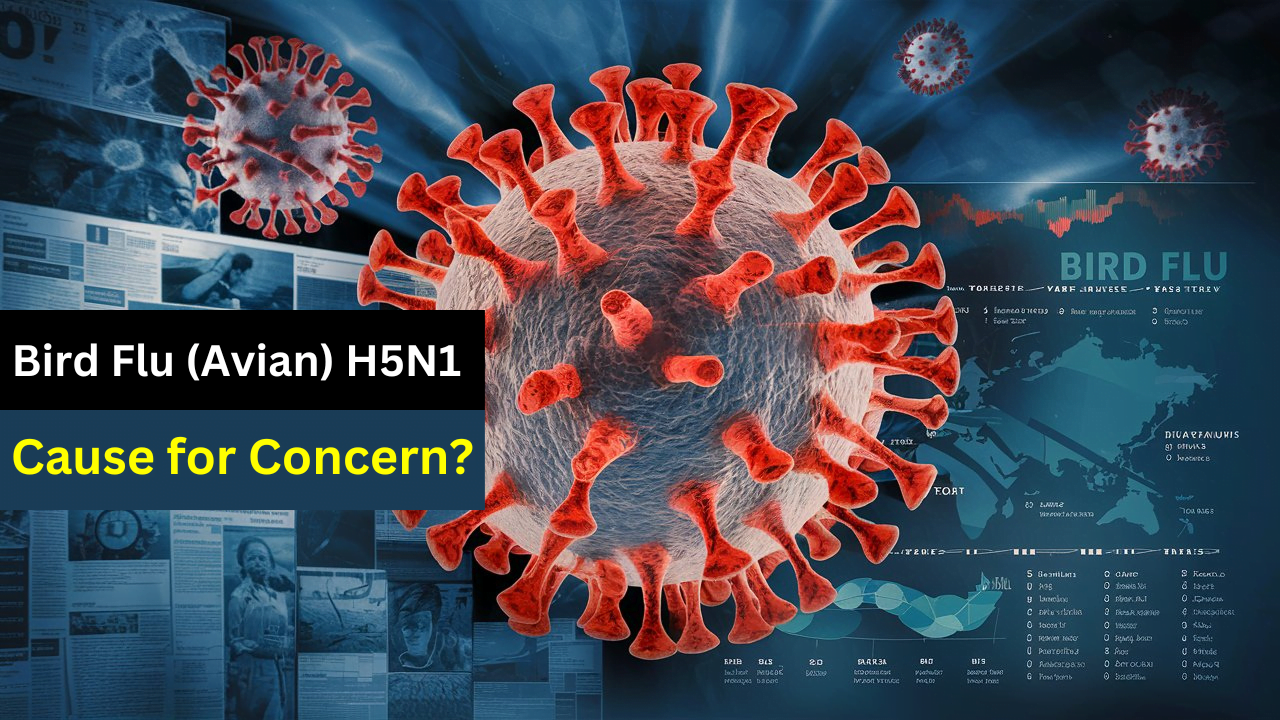
Somebody essentially lend a hand to make significantly articles Id state That is the very first time I frequented your website page and up to now I surprised with the research you made to make this actual submit amazing Wonderful task